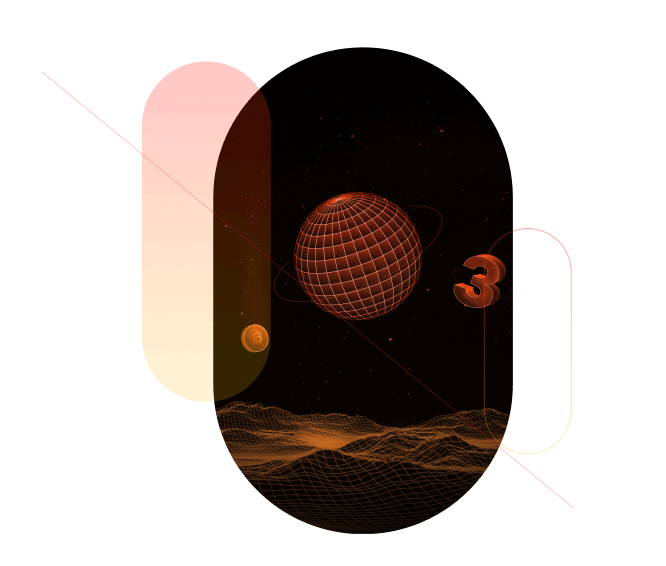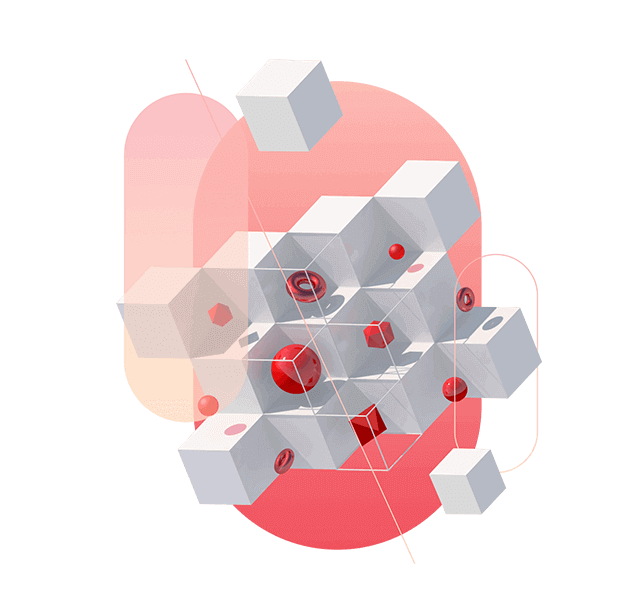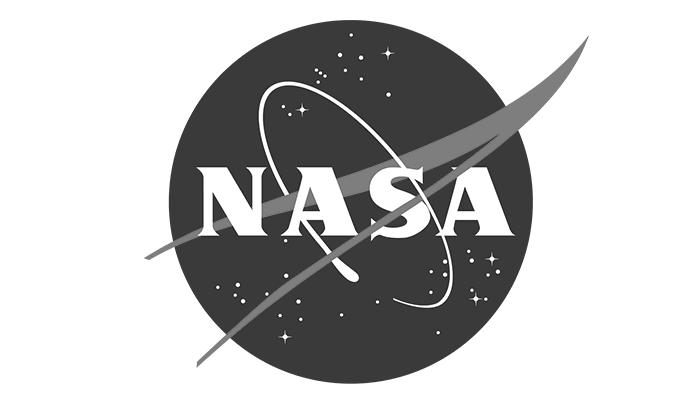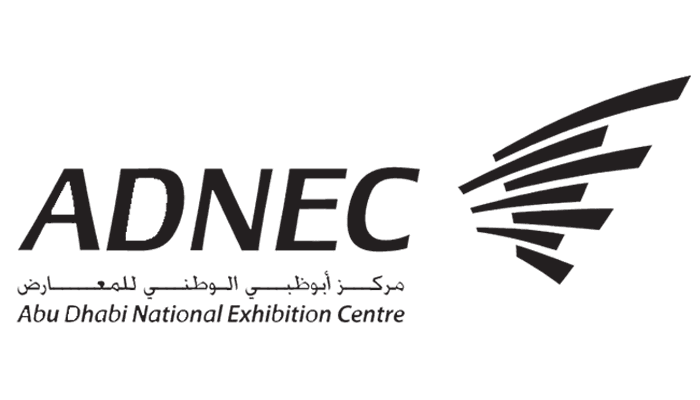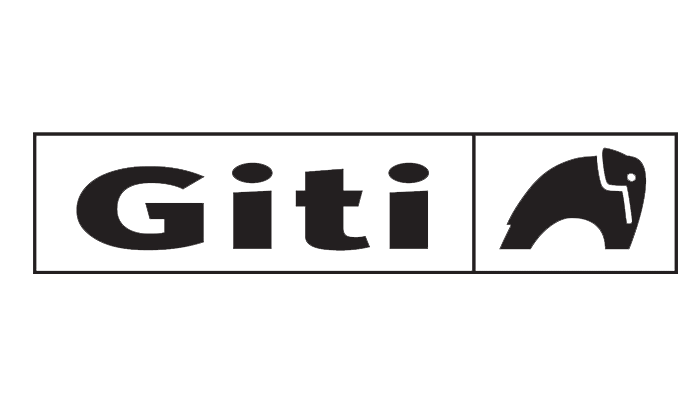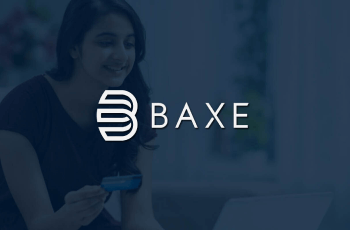- Our Web3 solution experts work with you to create future-ready decentralized solutions that use the potential of distributed ledger technology with real-world use cases.
- We employ the best development processes to adapt to every change in need and always ensure on-time project delivery.
- We are always flexible in implementing our project development methodologies to accommodate your needs.
- We have partnered with leading blockchain technology providers and platforms to make cutting-edge technologies available to our clients.
- We have over seven years of blockchain and AI industry expertise.
- We received the prestigious Frost and Sullivan award for best blockchain development business for technological innovation and strategic product development.
- We have created great solutions for digital startups, federal agencies, financial institutions, and Fortune 500 corporations.
- We have a diversified team of specialized Web3 solutions development experts to provide high-quality services.
Web3 projects have the potential to revolutionize the way we interact with the internet, but it's important to consider the legal aspects before diving into any project. Regulatory compliance, intellectual property rights, data protection, and contract law are some of the legal aspects that must be considered.
One essential aspect to consider is regulatory compliance. Countries have different laws and regulations regarding cryptocurrencies, blockchain, and web3 technologies. Entrepreneurs must ensure that their projects comply with relevant regulations in the relevant jurisdictions. The crucial considerations include intellectual property rights, privacy and data protection, and contract laws. Seeking professional advice can help entrepreneurs develop web3 projects that are innovative and legally compliant.
Web 3.0 is the third generation of the internet that allows websites and apps to process information in a smart human-like way through technologies like machine learning (ML), big data, decentralized ledger technology (DLT), etc. Web 3.0 was originally called the Semantic Web by World Wide Web inventor Tim Berners-Lee and aimed to be a more autonomous, intelligent, and open internet.
Web 3.0 makes data interconnected and decentralized, which is considered a huge leap forward compared to our current generation of the internet (Web 2.0), where data is mostly stored in centralized repositories. Furthermore, users and machines will be able to interact with data.
The core principles that guide Web3 are as follows:
- Web3 is decentralized: Instead of large swathes of the internet controlled and owned by centralized entities, ownership gets distributed amongst its builders and users.
- Web3 is permissionless: Everyone has equal access to participate in Web3, and no one gets excluded.
- Web3 has native payments: It uses cryptocurrency for spending and sending money online instead of relying on the outdated infrastructure of banks and payment processors.
- Web3 is trustless: It operates using incentives and economic mechanisms instead of relying on trusted third parties.
Ordinary users who are not professional and well-informed about Web 3.0 see the technology as a utopia Internet where everything is user-centric. The internet will be decentralized; hence the community will manage it. There won't be any corporations collecting and processing users' data without permission to earn money. The user will only voice their thoughts, and the internet will do it.
But professionals see Web3 as a technology that can open many business opportunities.
They are as follows:
- Semantic Network: The prime difference between Web 3.0 and Web 2.0 is its semantics network, which uses AI to make the search algorithms understand the content and context of the search over the internet.
- Metaverses and metaspaces: The next big thing is transferring from text to graphical and spatial interfaces. Instead of standard 2D websites, the users will use 3D spaces like video games, virtual worlds, metaverse spaces, etc.
- New interaction concept: The professional expects that Web 3.0 is about using the internet for interaction with the real world.
- Decentralization and security: Common users suppose that decentralization and distributed networks are necessary to protect their data, control corporations' power, and allow users to decide. However, this is only partially true. The main goal of decentralization in Web3 is to protect critical infrastructure and IoT devices from unauthorized access by hackers and the country's enemies.
- Quantum computing: A quantum computer in Web3 will allow us to simplify and manage complex data into simple and understandable ones.
In any case, this rising phenomenon demands strategic design and adaptability in its approach. So, before you engage in this Web3 notion, you need to understand how it might benefit your business. Consult with our solution experts to learn more about the possible applications within Web3.
Developing a Web3 solution involves various costs that can vary depending on the project's complexity and specific requirements. The costs involved in developing a Web3 solution include development costs such as hiring developers and other technical staff, infrastructure costs such as blockchain nodes, storage, and hosting, security costs such as security audits and bug bounties, legal and regulatory costs such as legal fees and compliance costs, and marketing and promotion costs such as advertising and content creation. To get a cost estimation contact us.
Launching a Web3 solution varies in time based on its complexity. It involves defining the problem, choosing the blockchain platform, designing the architecture, developing the application, testing, deploying, and maintaining it. A simple dApp may take a few weeks to a few months, while a complex solution could take several months or even a year. Working with an experienced team is crucial, as it requires specialized knowledge and skills. Contact us to get an estimated time for your project completion.



